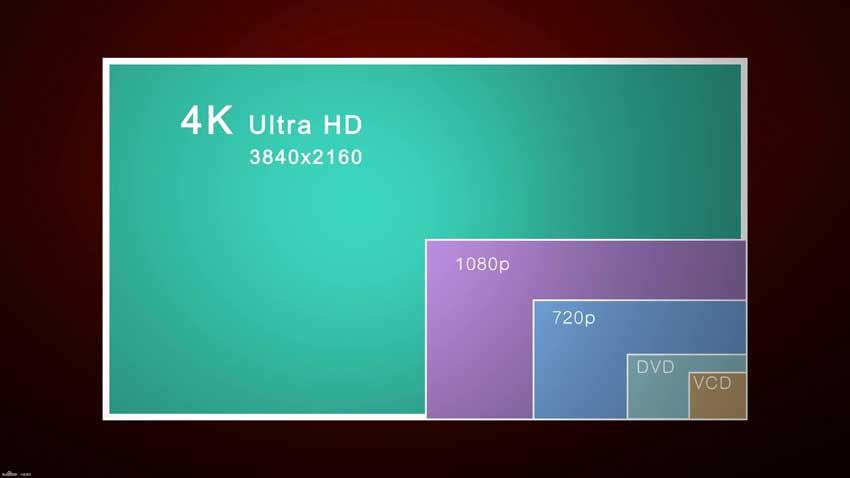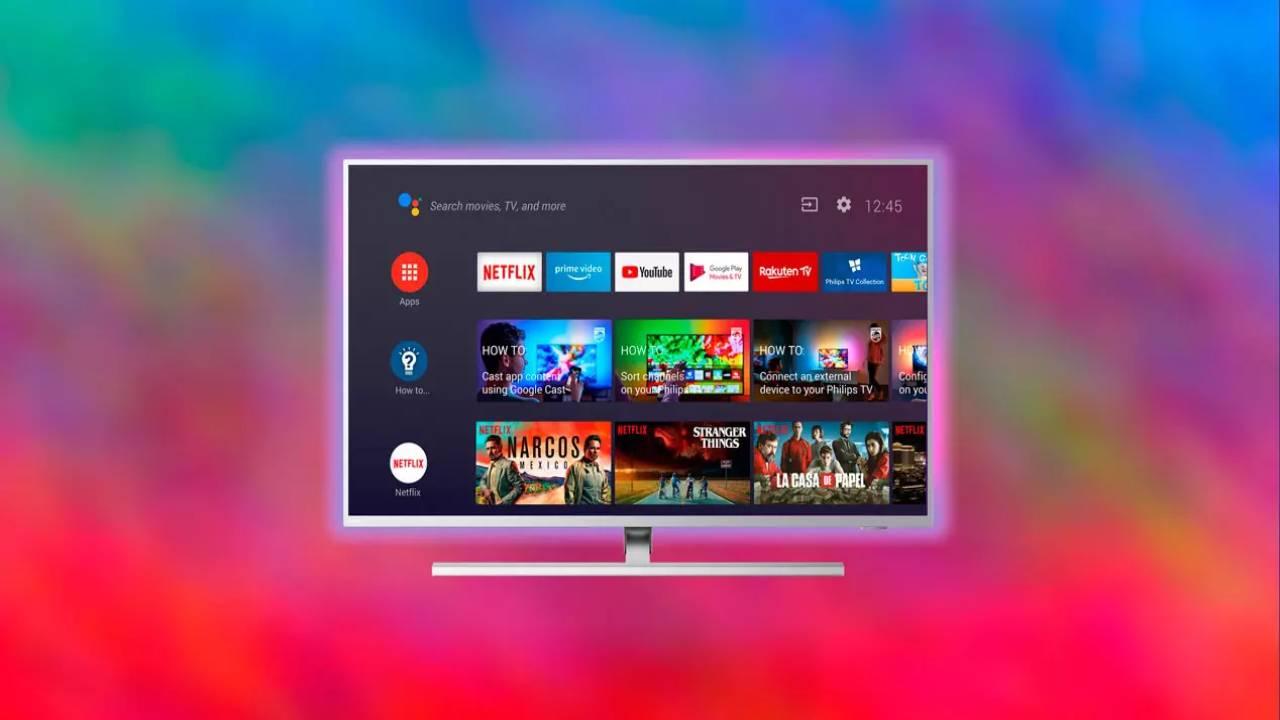We do not change our television every month or every year, it takes us many years to bet on a new one and that is why it is important to look at everything when buying one. But especially there are aspects that we must pay close attention to if you are going to buy a second-hand Smart TV. It will be cheaper but be careful, they can rip you off. Make sure that it is of high quality, that it complies with what was promised, that it is in good condition, that it is not damaged… There are some tips that we can follow if we are going to buy a second-hand television and we want to avoid scams, scams or deception when take our new TV home.
When buying a used TV, we recommend that you find out as much as possible about the television, that you know why that person is selling it (it may be normal that they want a larger one but we do not renew the television with the same frequency as a mobile, for example, so taking the step may be “suspicious”) and what state it is in. If it is very modern, perhaps we should be suspicious unless there are reasons to think otherwise and if it is very old, perhaps it is not worth betting on a used television and we find new offers that are worth it. Be that as it may, take a good look at all possible aspects.
Physically check
It would apply to anything you buy secondhand, but a secondhand television can be even more delicate. Check everything. Make sure that all the ports work (USB, HDMI…), make sure that there are no bumps or scratches on the screen, that the foot or wall bracket works correctly, that there is no damage. Try to be as thorough as possible so you don’t get cheated.
exact model
The first thing you should look at is the exact model and the person who sells it can give it to you by looking for the product specifications on the device itself, the purchase receipt or even looking for the order email if it was done not too many years ago. Having the exact model will help you to have all the specifications, the year, the compatibility, the type of panel… But it is not always possible, so there are other aspects that we must take into account when using it.
Age and hours of use
The year of manufacture or age will help us to know the state of the television, the viewing hours, the use… In the case of LCD televisions that have been on or active for hours and hours (it can be thousands of hours if the televisions are very old) the quality of the image is lost and also the brightness. Logically, it will depend on the use that has been given to the television itself, which may be more or less deteriorated, but we can get an approximate idea. It is not enough to know the model for us to know the consumption, but we can approximately calculate the time if it is a very very old television. It may not be worth buying something from six or seven years ago since in the end we will end up having to pay for a repair or replacing the television and it will be more expensive than betting on a current model of perhaps a lower range.
In addition, some televisions let us know how long it has worked during its “useful” life. We can go to the SVC menu and from there to “Panel Display Time” where the hours that it has been on will appear. Just divide the number of hours by 24 to find out how many days it has been in use, how many months, etc. This way we can get an idea of its age or know if it is too deteriorated.
Panel type and resolution
It is essential to know what type of panel a television is. It can be LCD or it can be OLED if it is a current model but there are also models from a few years ago that are known as “plasma televisions”. How can we know if it is Plasma or LED? First, looking for specifications. But if you don’t have them within reach, we can make sure by checking that the blacks are pure black or checking if it gives off any kind of heat. But, as we say, it is best to look at the product specifications.
The difference between LCD and OLED is that the former need a backlight from behind, for example. That is, there is a light source that illuminates the pixels of the television so that the image can be seen. For its part, the OLED does not have an emitting light source behind it, but rather the pixels light up independently and uniquely, which allows purer blacks to be achieved, saves energy, etc.

Make sure that the resolution corresponds to the one you have seen in the advertisement or the one you have purchased. The resolution is the number of pixels that the television image has and that translates as better sharpness or detail in series or movies. There is no “trick” to check the resolution of a television, but we do know that the higher the resolution, the better it will look. Check the specifications or consult the TV settings menu to find out how much it offers us. Currently, the most common thing is that we find 4K and UHD televisions, although there are also 8K models, although it will be rare for you to find them second-hand today. Something you should keep in mind is that 4K and UltraHD on a Smart TV are the same resolution. In other words, 4K has an original resolution of 4096 x 2160 pixels, but this format is not adapted to 16:9 televisions, so 4K is commonly called the UHD or Ultra High Definition format, which corresponds to 3840 x 2160 resolution. It is possible, therefore, that you see a television as UHD or as 4K interchangeably with the same resolution. Both are identical.

Wi-Fi and Smart TV
Make sure that the WiFi connection, if it is a Smart TV, works correctly. Check that it connects well to the network by entering the username and password of the closest network there is.
Also look at the Smart TV and compatibility. It may be that for many it is the most important thing when it comes to watching series or movies on streaming applications. Check if it is Smart TV or not. You can do it with the exact model of the television by searching for it on the Internet, but it is also available on the remote, with a specific button (Smart Hub, for example, on Samsung ones) or through the settings menus of the device itself. In addition to checking whether or not you have a Smart TV, you should also know the year of the television to ensure compatibility with many applications. For example, some streaming apps (this is the case of Disney+) only allow Samsung TVs from 2016. And others, like Filmin, only allow you to install the app on a Samsung Smart TV after 2014. Know the year as well as whether you have or not Smart TV will help us to know which apps we can install and which apps not, for example.
In addition, it is convenient to know the operating system. Generally it is enough to know the brand to know the operating system, but on some occasions the brands or companies themselves have changed the OS from one version to another, from one year to another.

Remote control
It is not essential and there are many remote controls that are universal, but the most advisable and comfortable thing is to have the television remote control itself. Yours may have been with you for ten years and is in perfect condition, but there are many houses where the battery cover is broken, the remote is chewed, buttons are missing… You never know what condition it is in, so make sure it is OK or look for an alternative agreed with the seller to replace it.













